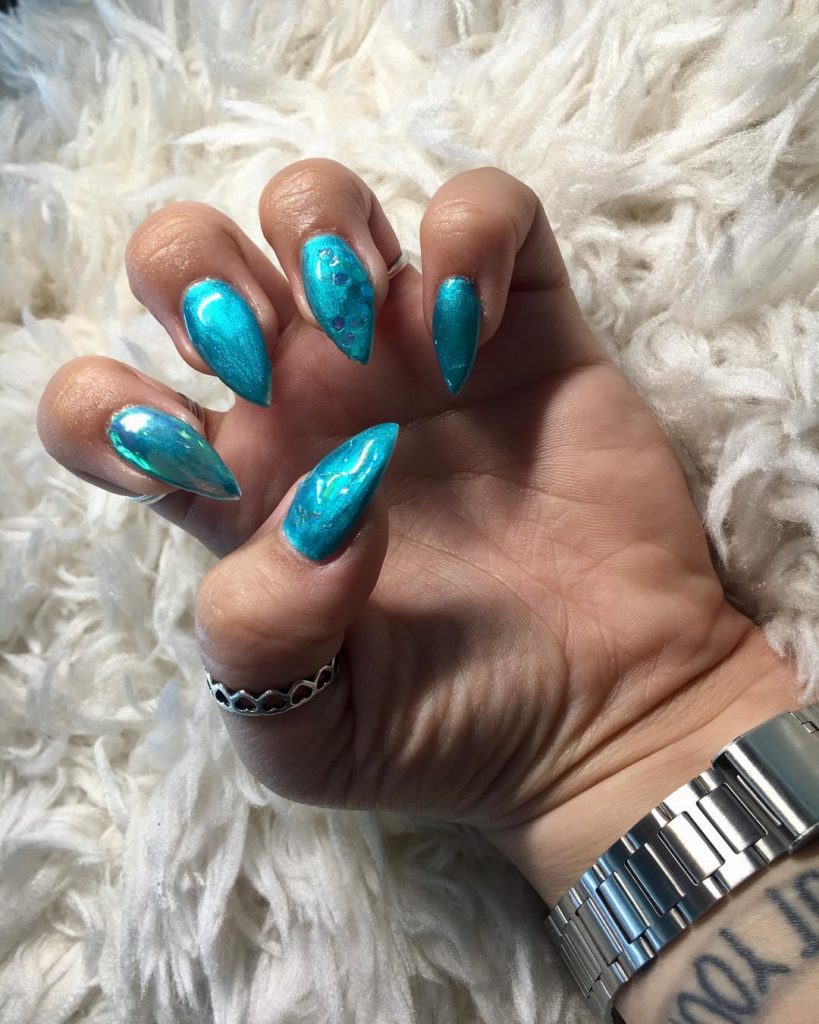Spa treatments, waxing, manicures, pedicures, pedicures… even beards. There’s so much of them, it’s practically a rite of passage in some cities, especially if you spend a lot of time in certain spots, are naturally hairy or have a strong scent.
But how safe are these lotions, tools and so on and so forth? Unless you’re doing it professionally, you don’t know for sure. While it’s easy to stick your hand on a smooth surface like a metal lathe and vise, there’s a lot that goes into making your room as frictionless as possible for the smoothest results.
As for the devices themselves, it’s important to remember that the industry isn’t regulated by the FDA. According to the National Center for Biotechnology Information, FDA “has not inspected a nail or other salon without government approval for one year or more, and only a handful of such inspections have taken place in the past 10 years.” For example, unless you’re a hairdresser or a nail technician, the companies you’re dealing with have no regulation or oversight, making it easy for any unscrupulous or careless persons who work in nail salons to cut corners.
Here are just a few of the many things that can go wrong:
Nail Jobs
While certain equipment, like a nail file, may require FDA approval, in most cases there are “no regulations that require technicians to wear gloves or special adhesive” when cleaning your nails after a job. Wearing gloves while applying ointment and applying salt shakers can’t guarantee that the file won’t come in contact with the nail. Keeping the tip of your hand touching the base of the nail can also make it very slippery, which could possibly cause a cut or chip.
Waxing
There are no set regulations in terms of waxing either, as the FDA hasn’t “adopted any rules or regulations designed to control or monitor the preparation, manufacturing, selling, or use of waxes.”
To ensure a safe cuticle waxing session, have your technician grind your skin smooth with their fingertips and apply skin wash and bone adhesive on the sides of your skin first. Also, use a hand warmer in your natural environment, which would help reduce friction and prevent your skin from becoming abrasive when waxing.
For some beauty salon clients, their skin could also be at risk for acne or irritation while they’re waxing, depending on their skin type and what your stylist does. In some cases, your stylist may suggest using hydrating strips instead, which are a great solution but should always be used only as a backup should your stylist have any concerns about handling your skin.
Overall, keep it as safe as possible, which means getting the best advice from professionals who you trust, and as much as possible working in a salon that’s registered with the state.


0 Comments on "Here Are The Worst Things That Can Go Wrong When You Do Your Nail Jobs"